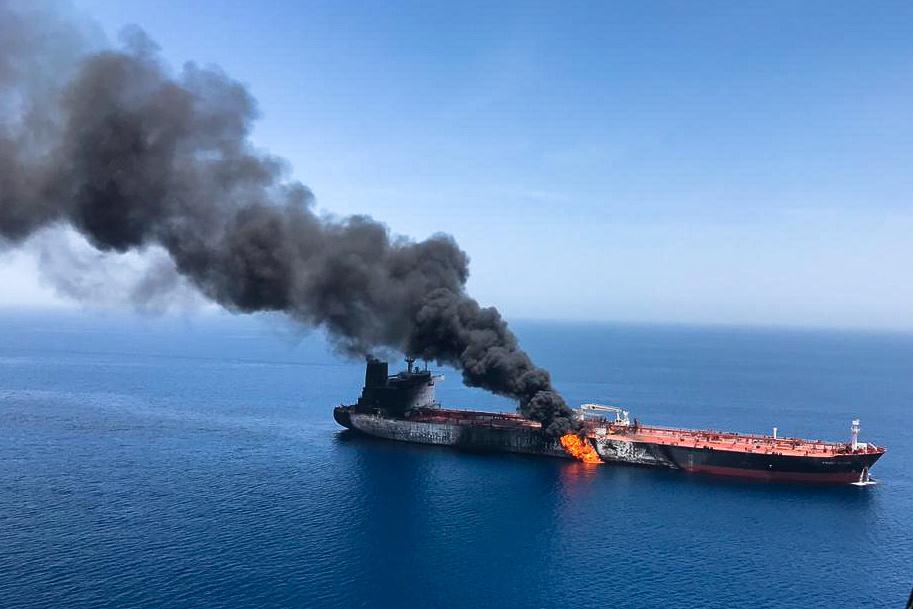Iranian gunboats surrounded a rescue vessel carrying the crew of the tanker damaged outside the Persian Gulf and ordered the captain to turn over the sailors, Fox News reported, citing American officials.
Hyundai Dubai picked up the sailors from the Front Altair tanker but Iranian gunboats surrounded the ship and demanded that the tanker’s crew be surrendered, the U.S. officials said. The captain of Hyundai Dubai eventually complied with the order.





